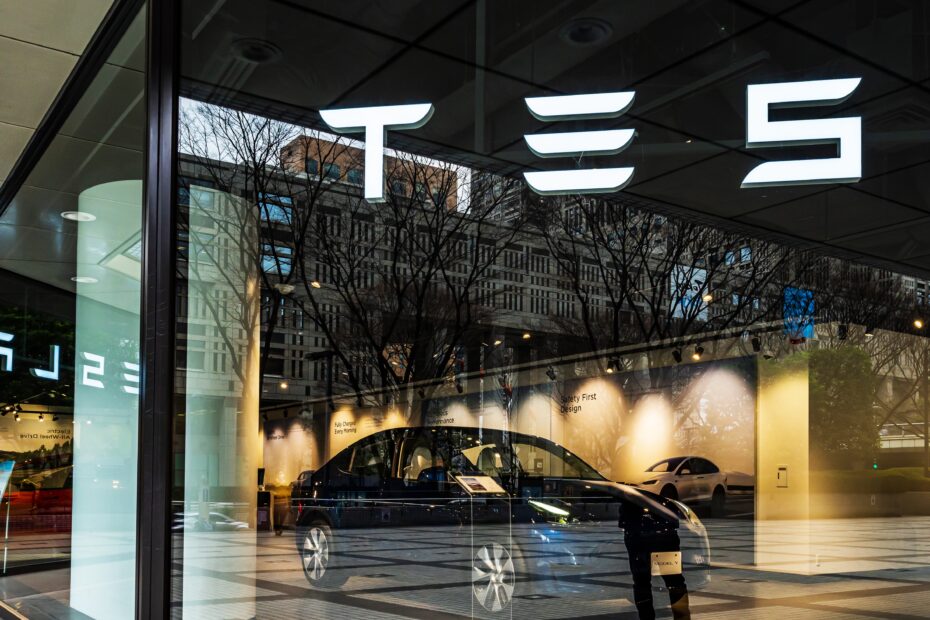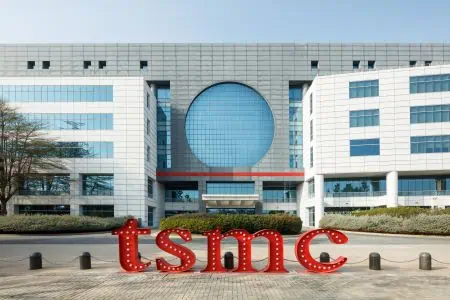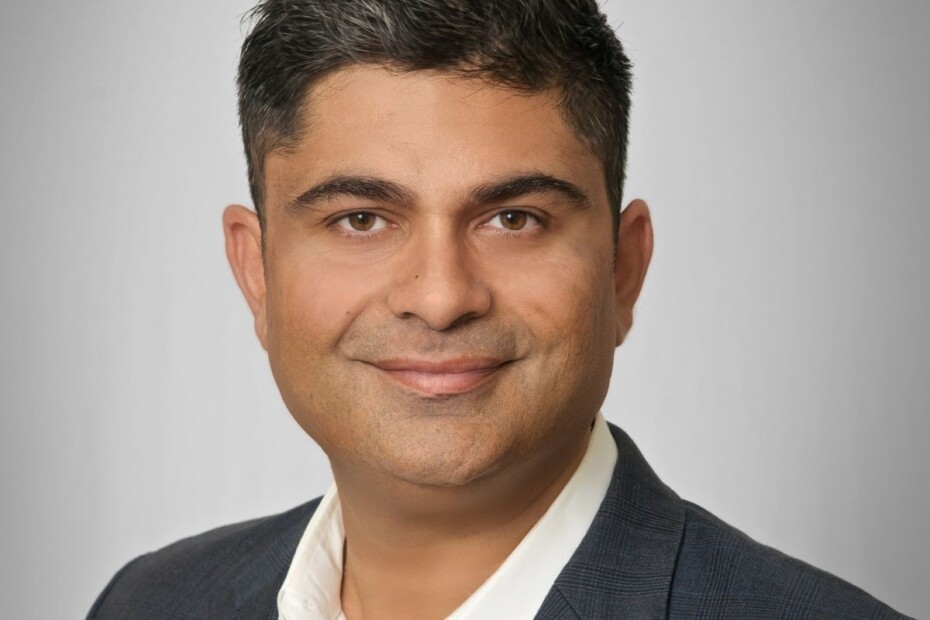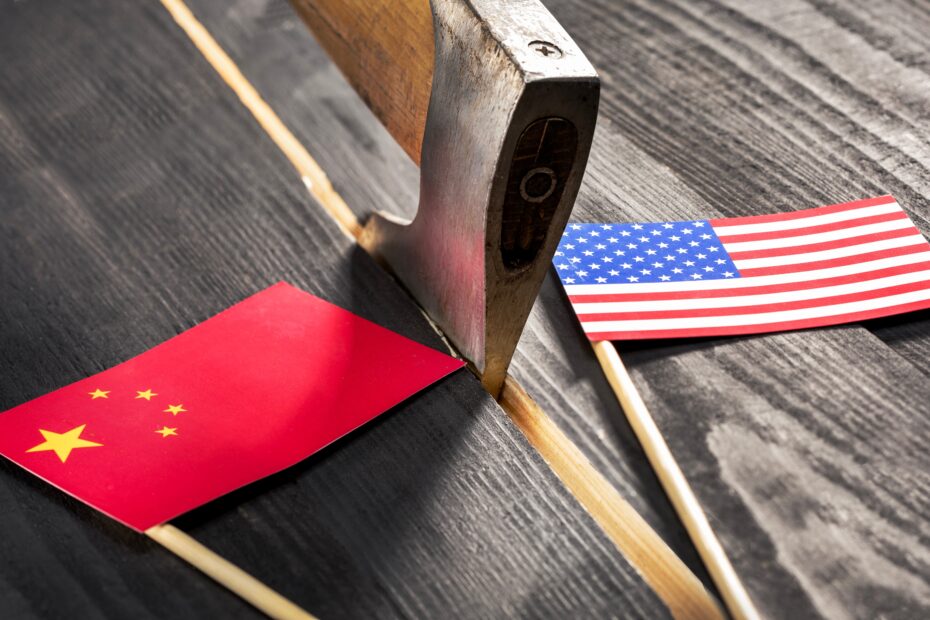By Bolaji Ojo
What’s at stake:
Semiconductor makers perform better when production capacity utilization rates and the number of plants closely match customer demands. Those periods are getting fewer, however. Despite the proliferation of advanced demand-supply management tools, the industry continues to experience forecast distortions, especially in the number of semiconductor fabs needed to meet future demand. We describe the result as “MisCapex,” a condition of overestimating or underestimating capital expenditure requirements, leading to either bloated production or undercapacity. In either case, the remedies used so far by the industry continue to yield the opposite of desired objectives.
The semiconductor industry goes into a fab building frenzy every few years, driven by undercapacity that eventually leaves chipmakers dried out financially or swimming in the murk of excess inventories.
The last time this happened was only a few years ago.
Electronics companies reacted differently to the last bout of shortages. Some made plans to build more fabs while many others quietly watched the situation unfold, preferring to maintain their conservative capex planning. Today, companies in the latter category look prescient while others are dialing back on their commitments. Intel Corp., for example, is reviewing its capex commitments under new CEO Lip-Bu Tan and sharply cutting back expenses related to capital equipment and operations, including R&D.
In the face of more pressing and troubling issues, the semiconductor industry is trying hard to ignore its recent financial past. Yet, factors related to capital expenditure cannot be swept under the carpet because they are so fundamental to the health of the sector. The industry is finding itself locked in the grips of capex promises made at the height of the last supply shortages. Promises made to customers, consumers and even politicians will soon come back to haunt the industry. The Ojo-Yoshida Report is getting ahead of that Day of Reckoning by examining statements about and commitments to fab construction a few years ago and asking: Are the fabs promised during the last shortages still needed; How many of the fabs will be built and; how will chipmakers finance the ones they cannot walk away from?
Read More »Capex Malaise and ‘MisCapex’ Pains 









